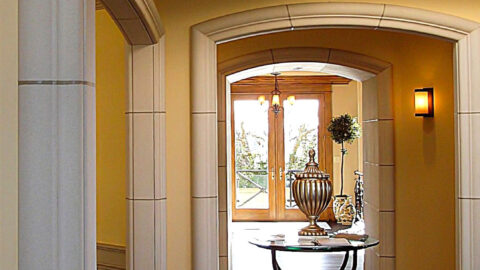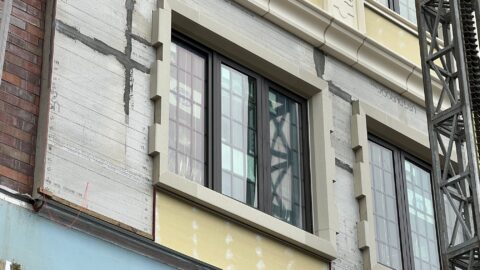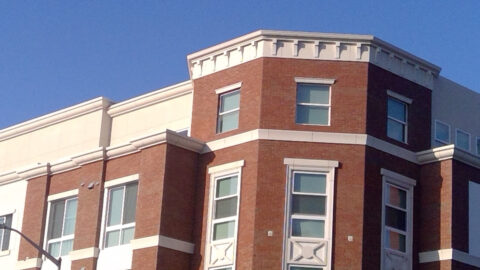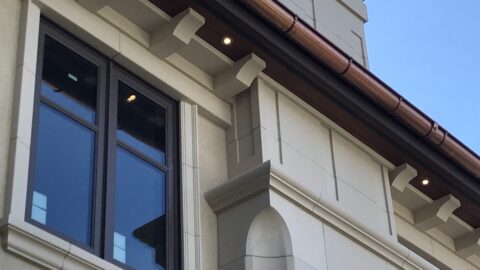Right now, throughout North America, we are having some of the strangest weather patterns we’ve seen in many years. In New York, for example, it is currently (as of this writing) a steamy 80 degrees and sunny, dropping down to 55 degrees and pouring rain by tomorrow. In California, it was 85 degrees, then 50 degrees, then back to 75 degrees within a period of 3 days, with wind and rain sandwiched in between (rare for this time of year).
We’ve had more consistent weather here in Canada over the past few weeks, but one thing is clear – the weather is weird, and it’s a reminder about how important your construction materials are for the longevity of your property.
Architectural EPS, Weatherproofing, and Thermal Expansion
When architects vet materials for their longevity, they’re usually thinking about the long term effects of rain and snow. Most people do not consider temperature and temperature fluctuations, especially not rapid ones. Pre-cast concrete, for example, is resistant to poor weather but struggles with rapid temperature fluctuations. When a temperature fluctuates rapidly, it can lead to stress on the concrete.
Architectural EPS is different. Like most materials, EPS does undergo thermal expansion and contraction caused by changes in temperature. However, the extent of this behavior in EPS is relatively minimal due to its unique cellular structure.
EPS maintains consistent insulation properties despite temperature fluctuations, which is a significant advantage in variable climates. It compares far better to concrete, wood, and many other materials, able to withstand rapid temperature swings without risk of long term damage.
The actual impact of thermal expansion on architectural EPS is generally low, making it a stable choice for most construction projects. EPS, especially when coated in reinforced cement, offers:
- Dimensional Stability – EPS retains its shape and size over time, even when exposed to temperature variations, due to its low coefficient of thermal expansion.
- Structural Integrity – The integrity of EPS-based structures remains intact as the material does not significantly swell or shrink. This stability helps prevent cracks and structural deformities over time.
- Insulation Consistency – Since EPS does not drastically expand or contract, its insulation value remains consistent, ensuring effective thermal barriers in buildings.
During periods of rapid temperature swings, like what many have experienced recently across North America, knowing you have a material like architectural EPS can help you with peace of mind.
Using Architectural EPS for Temperature Fluctuations
Architectural EPS does exhibit some degree of thermal expansion and contraction, but these changes are typically minimal and not a cause for concern in most applications. EPS, coated in cement and properly manufactured, is by far one of the best materials available for avoiding long term damage associated with temperature fluctuations. For more information, contact our sales team at Patterson Whittaker, today.







Recent Comments